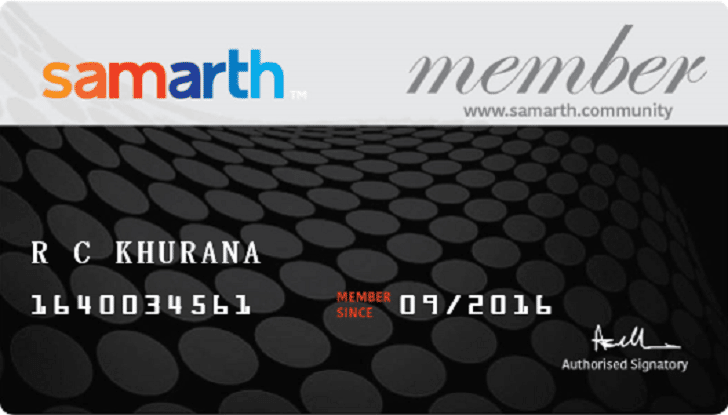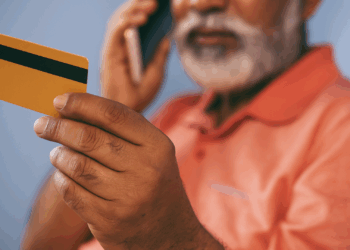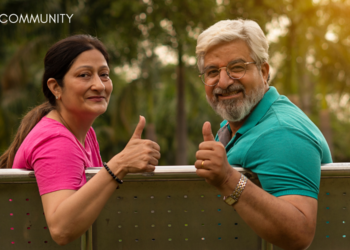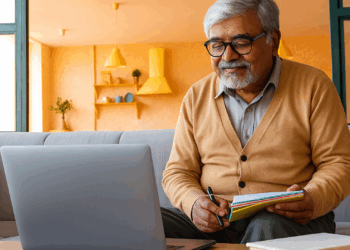As we gracefully age, it’s not uncommon to face the challenges of chronic pain. Whether it’s arthritis, back pain, or other persistent discomforts, finding effective ways to manage these conditions becomes crucial. While medications can be beneficial, there’s a growing interest in non-pharmacological approaches for seniors to alleviate chronic pain. These methods not only offer relief but also promote overall well-being. Let’s explore some gentle and accessible ways to manage chronic pain without relying solely on medications.
Gentle Exercise:
Engaging in regular, low-impact exercises can work wonders for managing chronic pain in seniors. Activities like walking, swimming, or tai chi help improve flexibility, strengthen muscles, and enhance joint function. These exercises also release endorphins, the body’s natural painkillers, promoting a sense of well-being.

Join Now >
Before starting any exercise routine, it’s crucial to consult with a healthcare professional or a qualified fitness trainer to ensure it suits individual health conditions and capabilities.
Heat and Cold Therapy:
Simple and effective, heat and cold therapy can bring relief to chronic pain. Applying a warm compress or taking a warm bath can help soothe stiff joints and relax tense muscles. On the other hand, cold packs can reduce inflammation and numb areas experiencing pain.
Alternating between heat and cold treatments can be particularly beneficial for managing pain in specific areas, such as arthritic joints or sore muscles.
Mind-Body Techniques:
Mind-body techniques, including meditation, deep breathing exercises, and guided imagery, can be powerful tools in managing chronic pain. These practices promote relaxation and help shift focus away from pain sensations, allowing for a sense of control over one’s well-being.
Mindfulness meditation, in particular, has shown promising results in reducing pain perception and improving overall quality of life for seniors dealing with chronic pain.
Massage and Manual Therapies:
Massage therapy and other manual techniques, such as chiropractic care and physical therapy, can be instrumental in managing chronic pain. These therapies can help improve circulation, reduce muscle tension, and enhance joint mobility, providing relief from various pain conditions.
It’s essential to choose experienced and qualified practitioners who are knowledgeable about the unique needs of seniors and can tailor their approach accordingly.
Acupuncture:
Acupuncture, an ancient Chinese healing practice, involves inserting thin needles into specific points on the body to stimulate energy flow and promote natural healing. Many seniors find relief from chronic pain, especially conditions like osteoarthritis, through regular acupuncture sessions.
Note: Always consult with a healthcare professional before starting acupuncture or any other alternative therapy to ensure its suitability for individual health conditions.
For seniors grappling with chronic pain, embracing non-pharmacological approaches can offer a holistic and sustainable way to manage discomfort. By incorporating gentle exercises, heat and cold therapy, mind-body techniques, massage, and acupuncture into their routine, seniors can reclaim a sense of control over their well-being and enjoy a more fulfilling, pain-free life.
It’s crucial to work closely with healthcare professionals to tailor these approaches to individual needs and ensure they complement any existing treatment plans. With a combination of these non-pharmacological methods, seniors can enhance their overall quality of life and find comfort in their daily activities.









